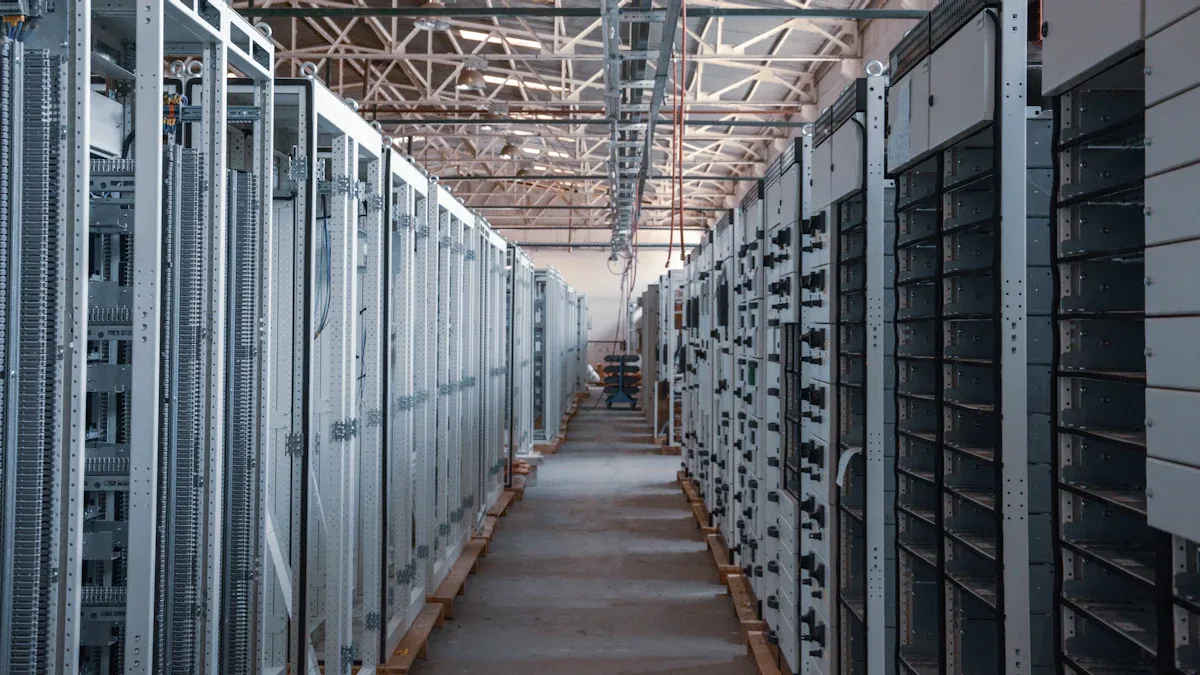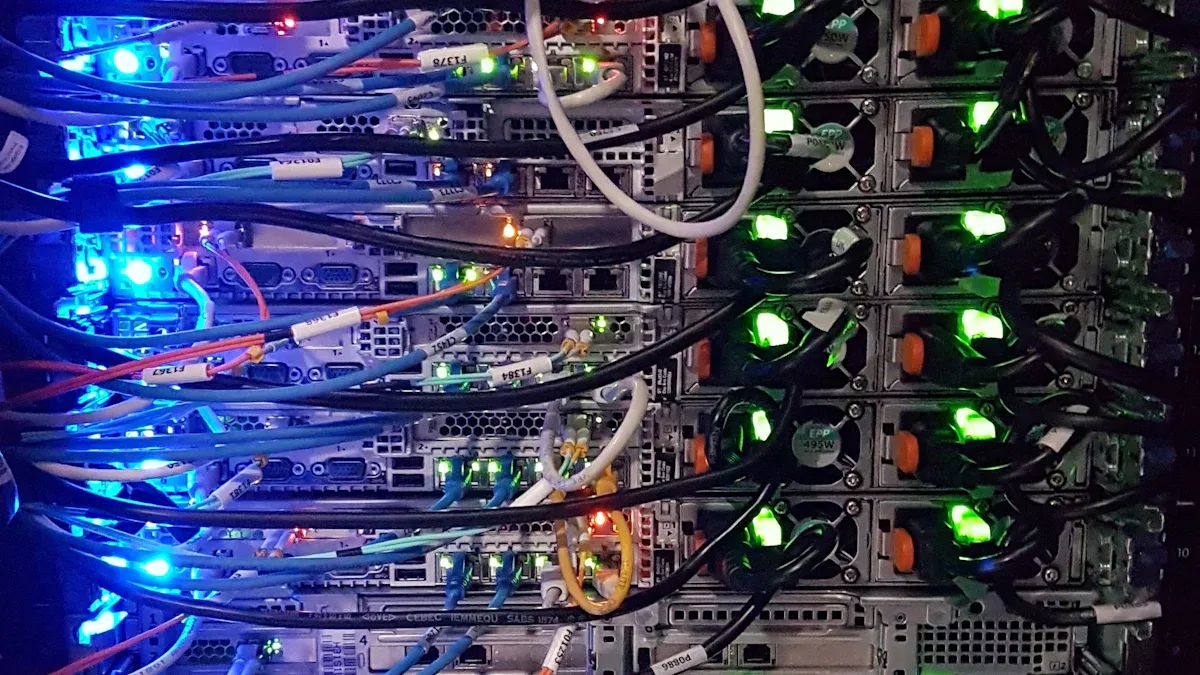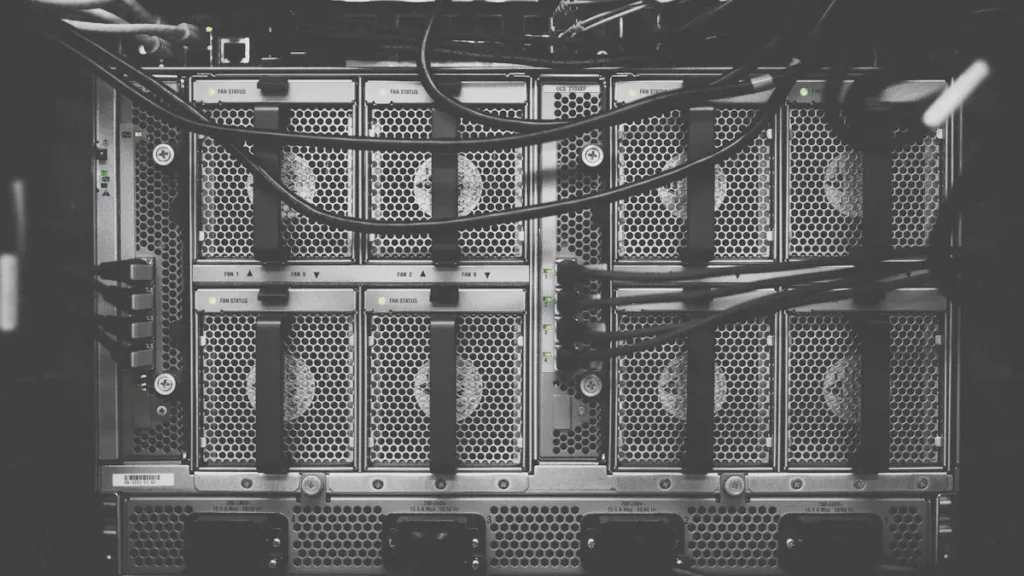© Copyright – 2010-2023 : All Rights Reserved. Sitemap
Power Distribution Unit PDU, rack mount PDU, PDU data center, Smart PDu, intelligent PDU
Power Distribution Unit PDU, rack mount PDU, PDU data center, Smart PDu, intelligent PDU
DTI-CX 2025 Digital Transformation Indonesia Conference, DATE:6-7 AUG.2025, Booth No.: C21

A smart PDU connects to a network, enabling remote monitoring and control over power. Modern designs, such as the horizontal IP Smart PDU, provide advanced connectivity and outlet-level control for better efficiency. These capabilities make the intelligent PDU a key part of today’s data center infrastructure. The market reflects this importance, with a projected annual growth rate of 8.34% through 2033.
According to the Uptime Institute, power-related issues are responsible for 54% of impactful data center outages.
This intelligence transforms the power distribution unit from a simple accessory into a critical tool for proactive power management.

The foundation of a smart electrical pdu is its ability to provide detailed, real-time power data. This remote monitoring capability transforms a standard power distribution unit into an intelligent asset. It tracks key metrics like current (Amps), voltage (Volts), and power (kW), giving administrators a clear view of energy consumption. This data is crucial for identifying inefficiencies and optimizing energy use across the facility.
A smart power distribution unit helps managers identify underutilized or “comatose” servers that consume power without performing useful work. Pinpointing this waste allows for strategic decommissioning, directly reducing operational costs.
Inlet-level monitoring measures the total power drawn by the entire rack power distribution unit. This feature is the first line of defense against circuit overloads. A monitored pdu allows administrators to see the total load in real-time, ensuring it remains within safe capacity limits. Managers can set warning thresholds that trigger alerts when power usage gets too high, preventing tripped breakers and unexpected downtime in the data center.
For more granular control, outlet-level monitoring provides power data for each individual receptacle. A metered pdu with this function offers several key benefits:
By tracking consumption at the device level, operators can make informed decisions about equipment placement and resource allocation, maximizing the efficiency of their existing infrastructure.
In high-density environments using three-phase power, maintaining a balanced load is critical. Phase-level metering tracks the power draw on each of the three individual power lines (or phases). An unbalanced load can cause conductors to overheat, reduce equipment lifespan, and even trip upstream breakers. By monitoring each phase, administrators can distribute loads evenly, which improves system stability and prevents the risks associated with power imbalances.
Beyond monitoring, a smart electrical pdu provides active control over its outlets. A switched pdu empowers administrators to turn individual outlets on or off from any location with network access. This remote control is a powerful tool for managing IT equipment, improving system reliability, and reducing operational costs.
One of the most valuable features is the ability to remotely reboot unresponsive equipment. When a server or network switch freezes, an administrator can simply log into the power distribution unit interface and cycle power to the specific outlet. This action forces a hard reboot without requiring a technician to be physically present.
Case studies show significant benefits from this capability. It allows IT teams to restore services faster and save money.
When a rack full of equipment powers on simultaneously, the combined inrush of current can overload a circuit and trip a breaker. A smart rack power distribution unit prevents this with programmed outlet sequencing. This feature staggers the power-up process for different groups of outlets. A typical sequence might look like this:
This controlled startup minimizes electrical spikes and ensures a stable power-on process for the entire rack.
To prevent unauthorized or accidental shutdowns, smart PDUs offer outlet-level access control. This security feature allows administrators to assign specific permissions to different users or groups. For example, a junior technician might have monitoring-only access, while a senior administrator has full switching rights.
This granular control is essential in a multi-tenant or large-scale data center. It ensures that only authorized personnel can cycle power to critical devices, preventing human error from causing an outage.
A truly smart electrical pdu extends its intelligence beyond power metrics. It integrates with the surrounding environment and secures its own network presence. This transforms the power distribution unit into a comprehensive rack-level monitoring and security tool, protecting valuable IT assets from both physical and digital threats.
Modern PDUs act as a central hub for environmental monitoring. They support plug-and-play sensors that collect critical data from within the server rack. This capability allows administrators to monitor a wide range of conditions that can impact equipment health and performance. Common sensor integrations include:
Proper environmental management is essential for operational stability. ASHRAE (American Society of Heating, Refrigerating and Air-Conditioning Engineers) provides thermal guidelines for data centers. Following ASHRAE best practices, such as using three temperature sensors per rack, helps managers maintain optimal conditions, prevent equipment failure, and improve energy efficiency.
A smart PDU proactively notifies administrators of potential issues. Users can configure custom thresholds for power, temperature, and other metrics. When a threshold is crossed, the PDU automatically sends an alert. These notifications can be triggered by various events:
Alerts are delivered through standard network protocols like SNMP (Simple Network Management Protocol) traps and SMTP for email. This ensures that IT teams receive timely warnings, allowing them to address problems before they cause downtime.
Because a smart PDU connects to the network, it must be secure. Enterprise-grade units support robust security protocols to prevent unauthorized access and protect data. Key security layers include Transport Layer Security (TLS) encryption to secure all web communications and SNMPv3 to encrypt monitoring data. They also enforce strong password policies and use access control lists (ACLs) to restrict device management to authorized IP addresses. These features are critical for protecting infrastructure in any modern data center.

A smart power distribution unit generates a wealth of data. Advanced management capabilities turn this data into a strategic asset. These features provide a holistic view of the power infrastructure, enabling efficient, large-scale administration and deep analytical insights. This level of integrated management is essential for modern IT operations.
Managing hundreds of individual PDUs is impractical. Centralized management software solves this problem by providing a single interface to configure, monitor, and update an entire fleet of devices. This software simplifies firmware updates by enabling bulk rollouts across all connected units.
This approach is a crucial data center security best practice. It ensures every intelligent rack PDU receives the latest security patches, significantly reducing vulnerabilities. This method is far more efficient than manual updates, which can leave devices exposed.
Smart PDUs continuously log power and environmental data. This historical information is vital for trend analysis and strategic power management. By analyzing this data, administrators gain granular visibility into usage patterns over time. This allows them to:
This proactive approach transforms the power distribution unit into an intelligent device that supports predictive maintenance and improves overall facility efficiency.
For a complete operational picture, smart PDUs integrate with Data Center Infrastructure Management (DCIM) software. This integration connects PDU data with the broader facility ecosystem. Comprehensive DCIM solutions offer real-time, device-level visibility into energy consumption.
For example, vendor-neutral platforms like Schneider Electric’s EcoStruxure IT can connect with various hardware. This connection provides richer data sets, advanced diagnostics, and historical trend analysis. This level of insight is critical for capacity planning and maintaining a resilient data center.
A smart power distribution unit is defined by its network intelligence. It delivers remote monitoring, switching, and environmental sensing. The expanding cloud and edge computing industry drives high demand for these intelligent power distribution units. They are essential for managing modern high-density deployments.
Adopting a smart electrical pdu is a strategic step toward proactive infrastructure management. These features are essential for building a resilient, efficient, and secure data center or server room. A modern data center requires this level of control.
A basic PDU simply distributes power. A smart PDU connects to the network. This intelligence provides remote monitoring and control capabilities. Administrators can manage power distribution from any location, transforming the PDU into an active management tool.
Yes, a smart PDU helps lower energy costs. It provides detailed power consumption data for each outlet. This information allows managers to identify underutilized servers and eliminate energy waste. This leads to direct operational savings. 💰
Smart PDUs offer wide compatibility. They use industry-standard outlets to support equipment from various manufacturers. Companies like YOSUN provide PDUs with multiple socket types, including IEC, German (Schuko), and American styles, ensuring broad interoperability.
A smart PDU improves uptime with proactive management. It sends automated alerts to prevent circuit overloads. The remote reboot function quickly restores unresponsive equipment. These features help administrators resolve issues before they cause downtime.
A Professional And Leading Manufacturer
For OEM
& ODM Power Distribution Unit (PDU)
You Can Trust
CONTACT
Ningbo YOSUN Electric Technology Co., LTD
Leading Professional Manufacturer in PDU Power Solutions
Contact Info.